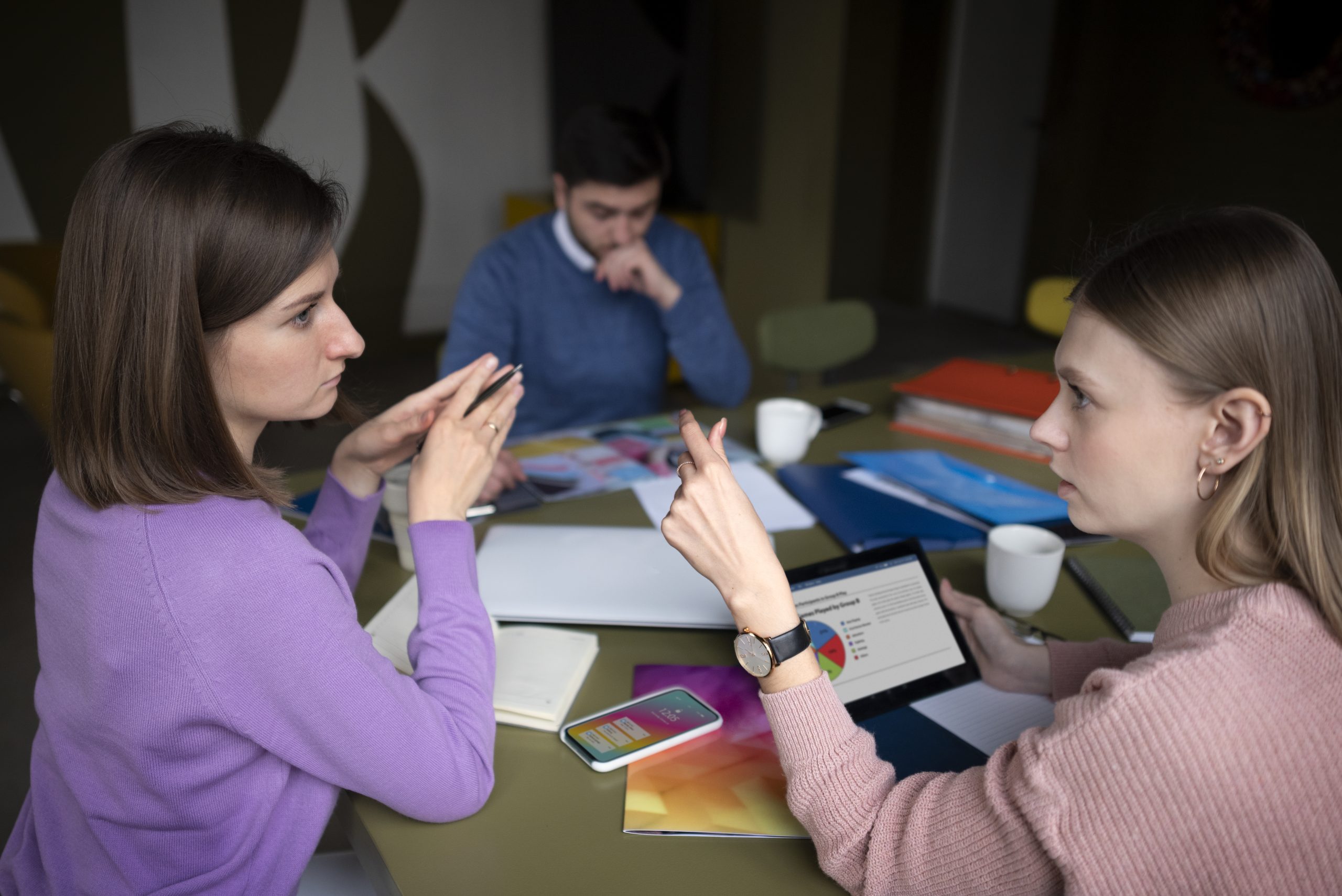Understanding how you absorb information is like holding the key to a treasure trove of knowledge waiting to be unlocked. From decoding visual cues to unraveling the secrets of kinesthetic engagement, each learning style offers a unique pathway to educational mastery. As you navigate through the diverse landscape of teaching methods, prepare to uncover the secrets of maximizing your learning potential through tailored approaches designed to cater to your individual preferences.
Overview of Learning Styles
When exploring the realm of learning styles, it is crucial to understand the diverse preferences and cognitive processes that dictate how individuals absorb and retain information. Learning preferences play a significant role in effective teaching and student engagement. By recognizing and accommodating various learning styles, educators can provide individualized instruction that caters to a classroom’s diversity.
Effective teaching involves tailoring strategies to match the preferences of visual, auditory, reading/writing, and kinesthetic learners. Visual learners benefit from visual aids like graphs and diagrams, while auditory learners thrive through discussions and listening activities. Reading/writing learners excel in textual information, and kinesthetic learners prefer hands-on experiences.
To enhance student engagement and comprehension, teachers should incorporate diverse activities that align with different learning styles. This approach not only fosters a supportive learning environment but also ensures that each student has opportunities to succeed based on their individual preferences and strengths.
Importance of Identifying Learning Styles
Exploring the realm of learning styles reveals the significance of identifying individual preferences and cognitive processes that influence information absorption and retention. Understanding learning preferences is crucial for providing individualized instruction, enhancing student engagement, and fostering effective communication. By recognizing and catering to diverse learning styles, educators can tailor teaching methods to meet the specific needs of each student, leading to improved comprehension and retention of information. Identifying how students learn best enables the creation of a customized curriculum that resonates with their unique strengths and preferences, ultimately enhancing their overall educational experience. This personalized approach not only supports academic success but also cultivates a positive learning environment where students feel valued and motivated to actively participate in their learning journey. By acknowledging and addressing different learning styles, educators can create a more inclusive and effective educational setting for all learners.
Visual Learners and Teaching Strategies
Identifying visual learners and implementing tailored teaching strategies is essential for optimizing educational outcomes. Visual learners thrive when presented with visual aids such as diagrams and charts. Incorporating interactive activities that involve hands-on experiences can significantly enhance their understanding and retention of information. Utilizing diagram visualization in lessons can help visual learners grasp complex concepts more effectively. Moreover, incorporating chart incorporation can assist in organizing information in a visually appealing manner that resonates with these learners. By catering to visual learners’ preferences for visual aids, interactive activities, hands-on experiences, diagram utilization, and chart incorporation, educators can create a more engaging and effective learning environment. Understanding and adapting teaching strategies to accommodate visual learners can lead to improved academic performance and overall student satisfaction.
Auditory Learners and Teaching Approaches
To effectively engage auditory learners, educators should incorporate interactive discussions, call-and-response activities, and educational videos to enhance their learning experience.
- Interactive lectures
- Group discussions
- Audio resources
Auditory learners excel in learning through listening and auditory cues. They often connect information to sound and are more vocal in class discussions. By incorporating interactive lectures, group discussions, and utilizing audio resources, educators can create an environment that caters to the strengths of auditory learners. Role-playing activities and listening exercises can further enhance their engagement and comprehension. Providing opportunities for auditory learners to actively participate in discussions and interact with educational content through various audio mediums can significantly improve their learning outcomes.
Reading/Writing Learners Support Techniques
To effectively cater to reading/writing learners, educators should implement techniques that prioritize written expression and research activities to enhance their learning experience. Writing prompts can be a valuable tool to stimulate their written creativity and critical thinking skills. Research projects allow reading/writing learners to delve deep into topics of interest, fostering a deeper understanding of the subject matter. Note-taking techniques can assist them in organizing information effectively and retaining key points. Writing workshops provide a platform for them to refine their writing skills and receive constructive feedback. Additionally, incorporating specific reading strategies tailored to their learning style, such as skimming, scanning, and in-depth reading, can further support their comprehension and engagement with the material. By utilizing these techniques, educators can create a conducive learning environment that empowers reading/writing learners to excel in their academic pursuits.
Kinesthetic Learning Methods in Teaching
Kinesthetic learning methods in teaching enhance student engagement and understanding through hands-on experiences and physical activities. This approach encourages active participation and allows students to apply theoretical knowledge in practical scenarios.
- Hands-on activities: Engaging students in interactive experiences where they physically manipulate objects or conduct experiments fosters a deeper understanding of the subject matter.
- Experiential learning: Providing opportunities for students to learn through direct experiences helps in retaining information better and developing critical thinking skills.
- Practical applications: Incorporating real-life examples and scenarios into lessons enables students to see the relevance of what they are learning and how it can be applied in different contexts.
Adapting Teaching for Analytical and Social Learners
Adapting teaching methods for analytical and social learners involves tailoring instructional strategies to optimize comprehension and engagement based on distinct learning preferences. Analytical learners thrive on problem-solving activities and critical thinking exercises, while social learners benefit from group collaborations, case studies analysis, and interactive debates. Implementing a variety of activities can cater to both learning styles efficiently.
| Activities | Analytical Learners | Social Learners |
|---|---|---|
| Problem Solving Activities | Engage in complex problem-solving tasks individually | Prefer group problem-solving discussions |
| Group Collaborations | Excel in structured group discussions analyzing data | Thrive in collaborative projects promoting teamwork |
| Case Studies Analysis | Analyze case studies critically for in-depth understanding | Enjoy discussing case studies in a group setting |
| Critical Thinking Exercises | Engage in logic-based exercises to enhance critical thinking skills | Participate in debates to analyze various perspectives |



